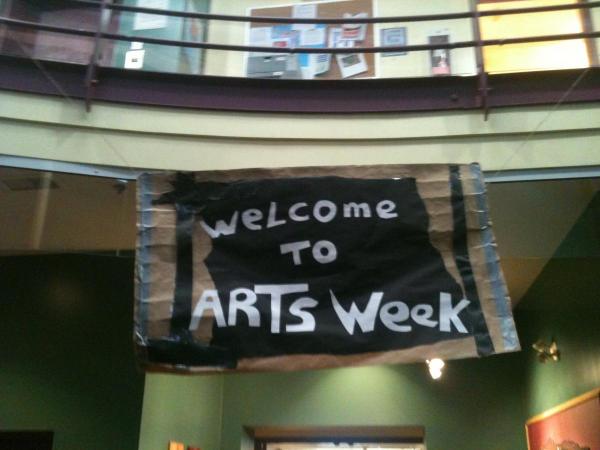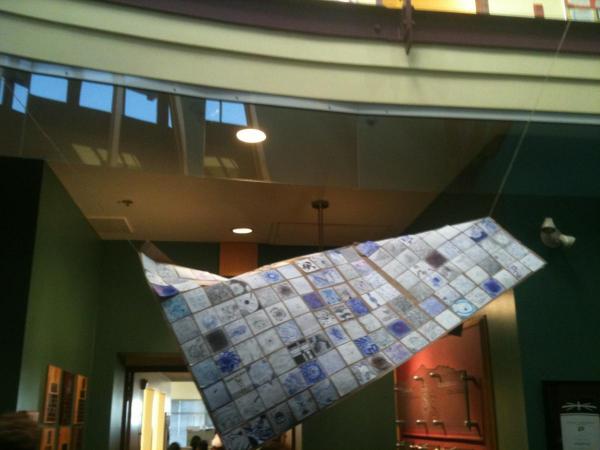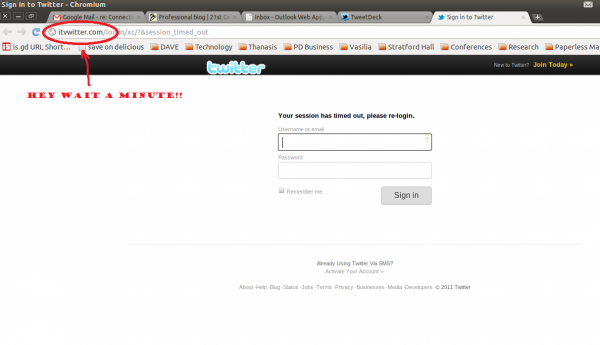I’ve begun to question the use of social media. I am finding Twitter to still be a valuable tool for connecting with other educators, but over the past couple of years, I have noticed that the #edchat channel has become more and more cluttered with advertisements and links, and there appears to be less discussion occurring.
When Clifford Stoll suggested that computers had no place in education, he said:
“Every voice can be heard cheaply and instantly. The result? Every voice is heard. The cacophany more closely resembles citizens band radio, complete with handles, harrasment, and anonymous threats. When most everyone shouts, few listen.”
To be clear, I don’t agree with Clifford Stoll’s assessment of the use of computers in schools. Computers can be powerful tools for education. Are they always used for the most productive purposes? Definitely not, but they have that potential, provided we (as educational technology enthusiasts) provide appropriate support and guidance, and that the teachers using the technology are thoughtful in its use. However, Stoll’s observation that there is an awful lot of noise in the Internet is totally true.
Neil Postman had the following to say of our information age:
But what started out as a liberating stream has turned into a deluge of chaos. If I may take my own country as an example, here is what we are faced with: In America, there are 260,000 billboards; 11,520 newspapers; 11,556 periodicals; 27,000 video outlets for renting tapes; 362 million TV sets; and over 400 million radios. There are 40,000 new book titles published every year (300,000 world-wide) and every day in America 41 million photographs are taken, and just for the record, over 60 billion pieces of advertising junk mail come into our mail boxes every year. Everything from telegraphy and photography in the 19th century to the silicon chip in the twentieth has amplified the din of information, until matters have reached such proportions today that for the average person, information no longer has any relation to the solution of problems.
When we post endless links after each other in Twitter (in what seems to be an effort to increase our own online profile?) and forget the social aspect of social media, we contribute to the noise. I can remember going through a phase myself where I was using scheduled tweets so that I could be posting all day and night, and fortunately, it did not take me too long to see the error of my ways; I too was contributing to the noise of the Internet.
While the regular #edchat discussion was happening today, I noticed that the stream was littered with off-topic links, mostly by well meaning people looking for some exposure for their product, service, or exciting news from their part of the world. These posts are inevitable as we want to share what we are doing, but we also need to remind ourselves of purpose of social media; it’s not about attention, it’s about communication and collaboration.
There is some room for sharing resources and links, but we need to be mindful of what the ratio of noise to conversation is at, and limit ourselves to sharing only that which is most valuable, and ideally share it outside of times people are using a particular hashtag to have a discussion. Obviously a link can extend the conversation, and where possible, we should post links which extend or challenge our thinking. We need to post a few less links, and have more discussion.
Howard Rheingold says, “If we decided that community came first, how would we use our tools differently?” The purpose of social media is to connect to other people. Let’s remember that when we post, please.







